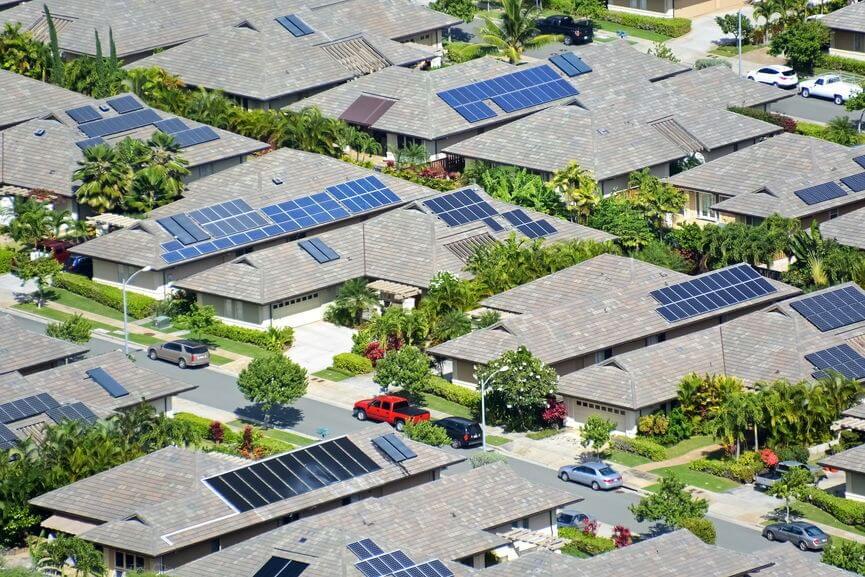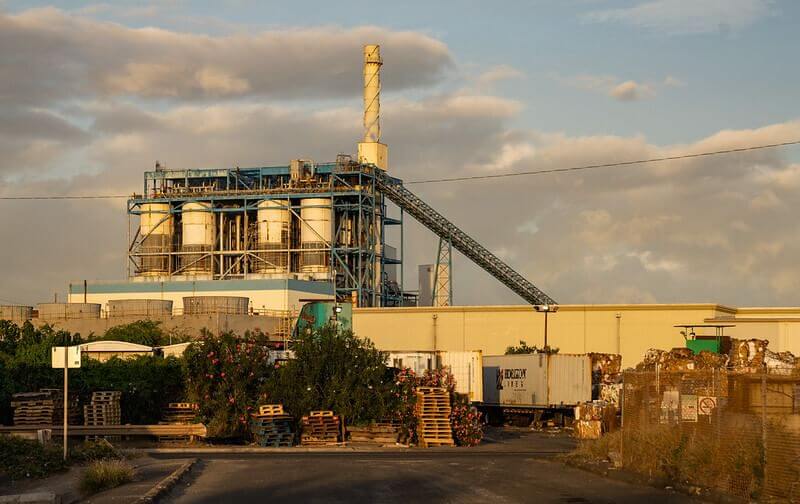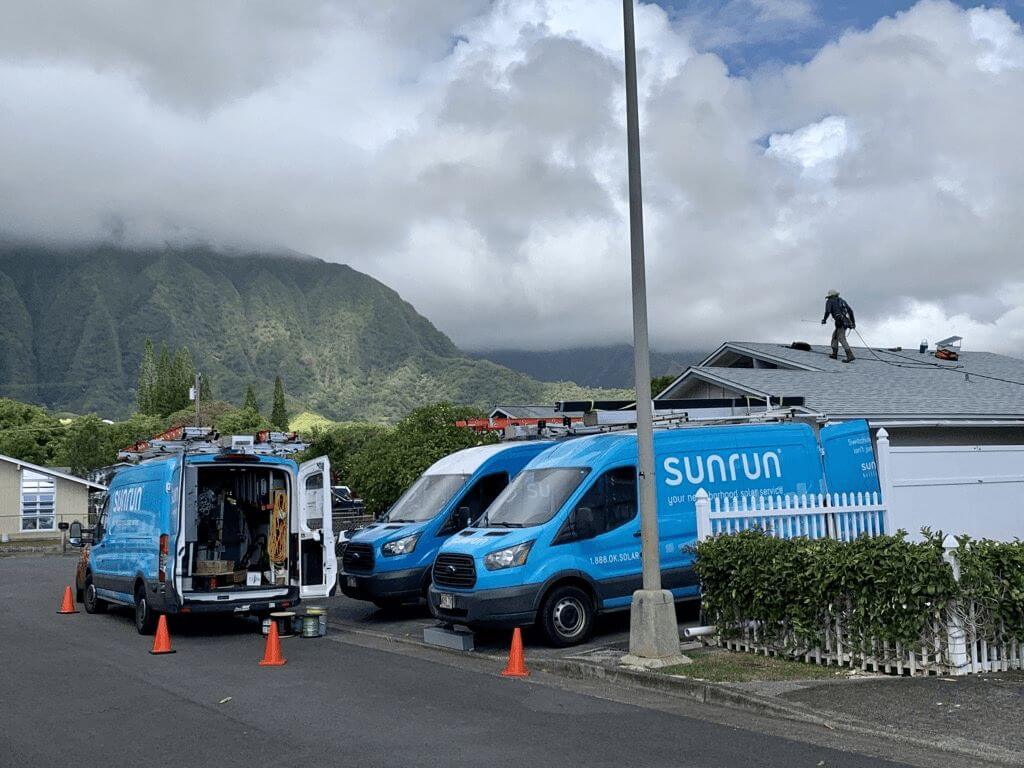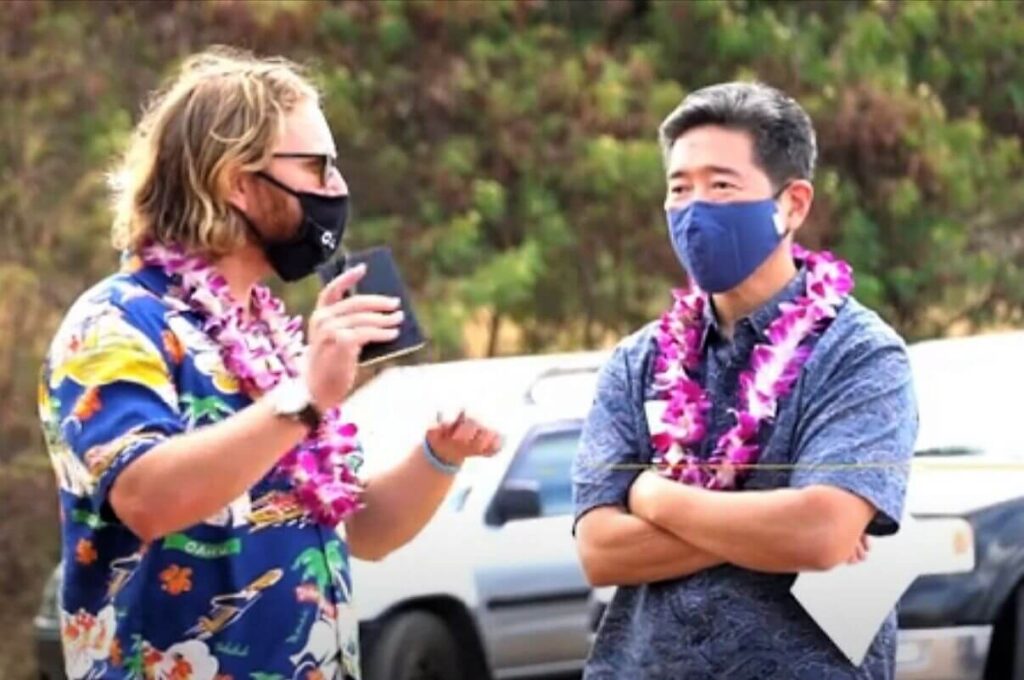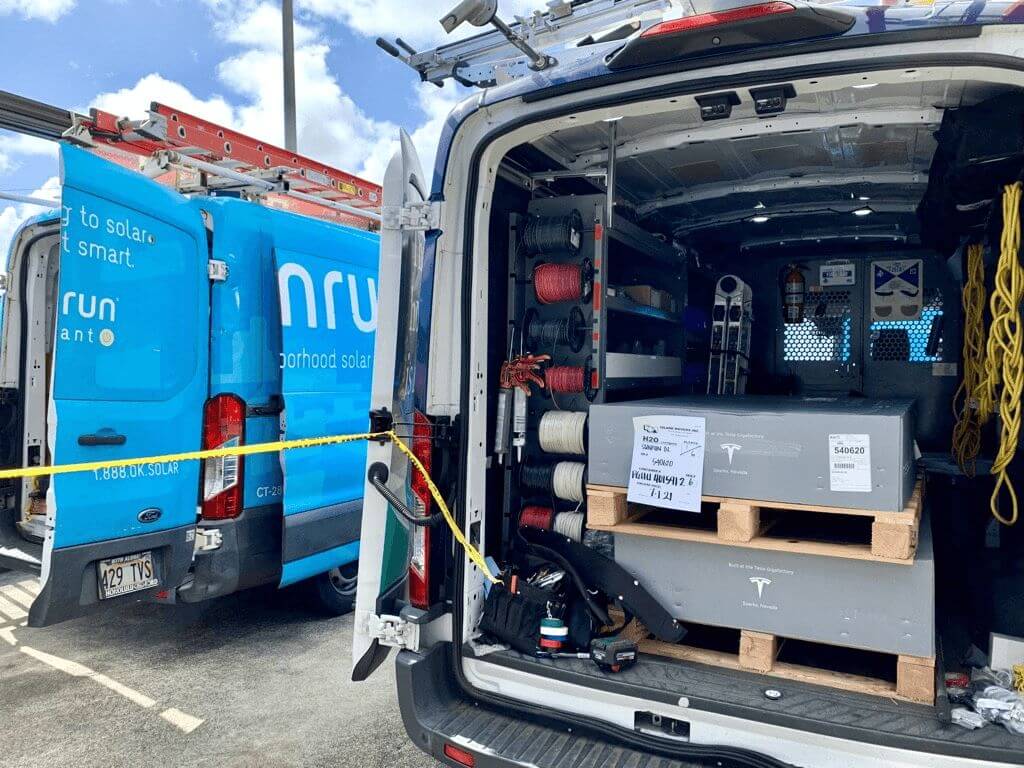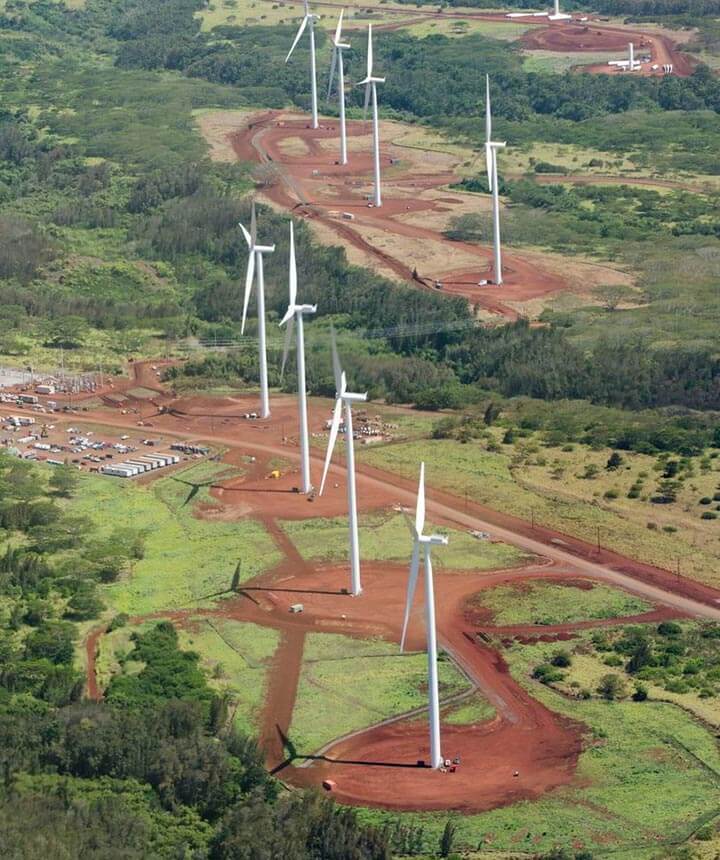HONOLULU, Hawaii — The telephone rang. First electrons were imminent. Twenty-five-year-old Julie Blunden grabbed her binoculars and stepped onto the lanai, a covered porch tucked into the emerald hillside rising above Honolulu.
Looking past the turquoise coastline of Waikiki, across some 20 miles of bay to the west side of Oahu, she saw the evidence: a plume of smoke rising from Barbers Point.
On that day in September 1991, Blunden’s first reaction was relief: AES, the upstart independent power company she and her new husband had moved to Hawaii to work for, had fulfilled its promise. It had constructed a state-of-the-art coal plant, which would lessen Oahu’s overwhelming dependence on imported oil for electricity and deliver cheaper power for the island.

